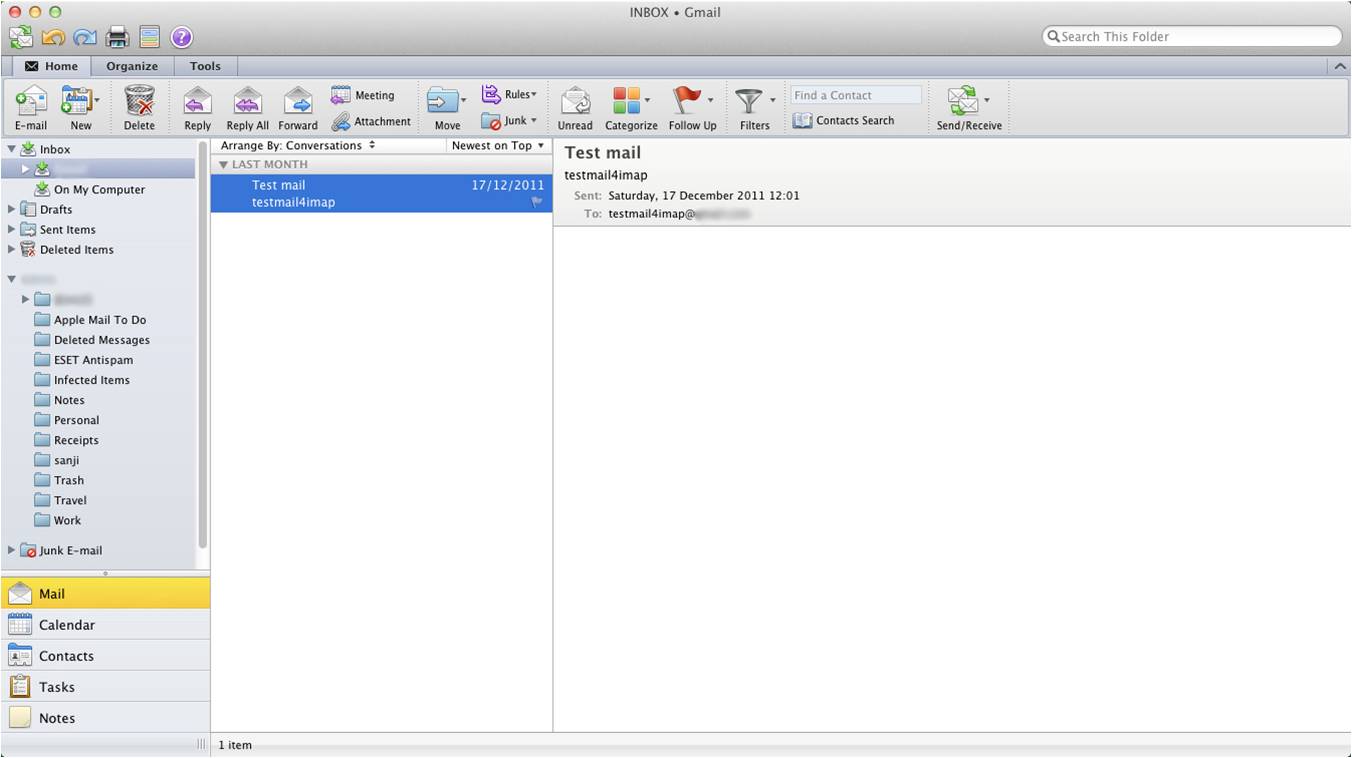

Also you must be sure that there are no records which are left there from the uninstall which can cause issues with autodiscover service, so make sure that you clean up your Active Directory Schema after the uninstall. After Exchange has been uninstalled from the server you must make sure that any autodiscover entries are removed and a new CNAME records has been created which is pointing the autodiscover. For the local users you need to make sure that any DNS entries pointing to the internet domain are updated. This may cause some delivery issues during the period and some emails can be delayed but unfortunately, it’s part of the migration headaches.įrom here onwards, you can say to the users that they can work on their new mailboxes using mobile and web access.
#OUTLOOK FOR MAC 2011 RPC OVER HTTPS VERIFICATION#
If you want, you can either choose to go with your own DNS provider of use the Office 365 DNS facility which mind you, you still need a DNS provider for the first verification process of the domain, afterwards you can disable it and route the Name Servers (NS) to Office 365 directly.Īfter adding the DNS entries please note that due to the global DNS propagation, the change to be reflected everywhere it can take up to 24 hours. You will be required to enter the additional DNS record with your DNS provider, which are given by the portal in the page.

If all goes well you will get the status of the mailboxes as Synced and the initial synchronisation is completed.įrom this moment, you can cut over the DNS records and assign the licenses to your users. After some time, you can go to the same screen and check the progress. Now, on the Migration screen click on the ‘+’ sign and click on ‘Migrate to Exchange Online’.Īfter going through the rest of the wizard and entering the required details and credentials, the data will start to copy.

After the verification, you will have the Office 365 connected to your Exchange Server.Here is the tricky part, you must make sure that Outlook Anywhere is working successfully and without any issues.To confirm the endpoint you will need to enter the FQDN which is hosting the Exchange server and the RPC Proxy server which in most instances would be the same as the Exchange Server.
#OUTLOOK FOR MAC 2011 RPC OVER HTTPS PASSWORD#
In the next screen, you will be prompted to enter the ’email address’ of one of the mailboxes to be imported and the domain account name and password of a user who has administrative privileges on the Exchange server.Click on the ‘+’ Sign to create the new endpoint and in the first screen tick ‘Outlook Anywhere’, Click Next.Click on the ‘More’ button and click on ‘Migration endpoints’.

Click on ‘Recipient’ and click on ‘Migration’.


 0 kommentar(er)
0 kommentar(er)
